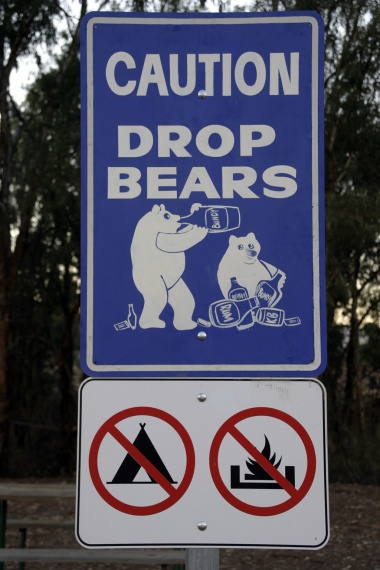Animavore wrote:Xamonas Chegwé wrote:The Long-tailed Tit, Aegithalos caudatus, looks like a tit, behaves like a tit, communes with other tits and was once included in the Paridae (tit) family because of this. It is now not even in the same superfamily and is known to be more closely related to swallows and larks than to the other tits.
But it's still called a tit. So its common ancestor with blue tits must have been a tit too. Surely two groups of birds couldn't have evolved into tits independently?

Obviously one isn't really a tit. But New World and Old World monkeys are both really monkeys.
So are apes and humans

OWMs and NWMs are "really monkeys" because that is the definition of a monkey. And, currently, apes and humans (which are
not separate from apes btw) are not, for exactly the same reason. The term "Monkey" has a definite zoological meaning but does not exist in modern cladistic taxonomy.
It really is nothing more than the fact that the two, distinct groups share part of the same name that is fuelling this debate. There is a definite, evolutionary and genetic divide between New-World Monkeys and Old-World Monkeys. It is not as large a gap as that between Koala Bears and Grizzly Bears, or Blue Tits and Long-Tailed Tits, but it
exists. You believe that that gap should be plugged and that the term monkey should refer to a monophyletic clade. It is an onion I share - I agree that it should refer to
Simiiformes in its entirety. But that is not accepted by the zoological community as a whole, so, until it is, the term is limited in scope and refers to a polyphyletic group.
At least you
admit you are jumping the gun here. The taxonomic nomenclature changes that you advocate may be adopted and they may not be. Some new evidence may redraw the playing field completely and neither of us will be right in future. But, at the moment, what I am saying reflects the
status quo and what you are saying reflects the viewpoint of a vocal minority within the zoological and evolutionary science communities. That really is all there is to it.



